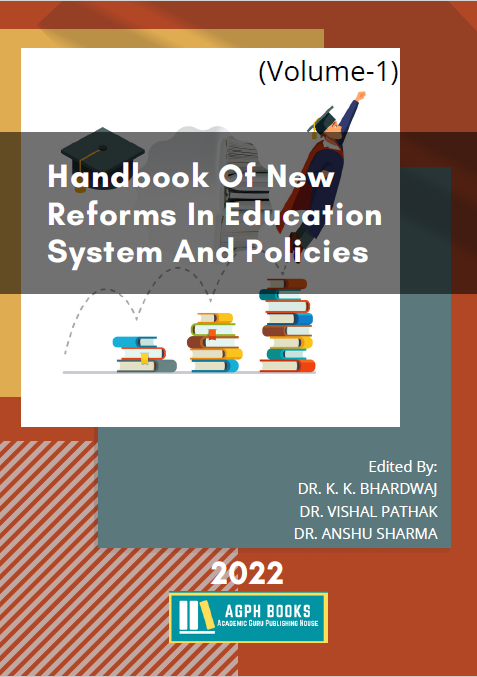A Study of Teachers Role in Online Education/Learning during COVID-19
Keywords:
Teacher, Role, Education, Students, Online Learning, COVID-19Abstract
The shift to online, technology-enabled classrooms was accomplished with relative ease by educators all across the world almost overnight. The assignment, which may have been a monumental undertaking otherwise, was carried out to perfection by professors who were motivated and focused. It is astonishing that education can have a positive influence on the lives of students, and it is even more incredible that instructors in today's classrooms are armed with the tools to reach a far bigger range of students thanks to technology that enables instruction. Educating in a traditional classroom setting is not the same as teaching students in a virtual classroom. Both in-person and online teaching are forms of education, yet face-to-face and online instruction are fundamentally distinct from one another. When compared, driving a vehicle and riding a motorbike are both ways of transportation; nevertheless, there are sufficient distinctions between the two that transitioning between the two requires extra training and preparation. It is the responsibility of an online instructor to fulfil the role of a tour guide for students while they participate in one or more online learning sessions. After all, various people who study online have diverse preferences on the best ways to learn. Therefore, in order to deliver a tailored education, online instructors will need to adjust their methods of instruction appropriately. Typically, the design and planning of such educational experiences occurs well in advance of the beginning of the course. Because of this, the instructor will have less time to spend preparing lessons and more time to dedicate to managing the class. The instructor makes it a point to direct the attention of the students to the most important ideas and topics.
References
[1] Coman, C., Țîru, L. G., Meseșan-Schmitz, L., Stanciu, C., & Bularca, M. C. (2020). Online teaching and learning in higher education during the coronavirus pandemic: Students' perspective. Sustainability (Switzerland), 12(24), 1-22. https://doi.org/10.3390/su122410367
[2] Huang, Q. (2018). Examining Teachers' Roles in Online Learning. The EuroCALL Review, 26(2), 3. https://doi.org/10.4995/eurocall.2018.9139
[3] König, J., Jäger-Biela, D. J., & Glutsch, N. (2020). Adapting to online teaching during COVID-19 school closure: teacher education and teacher competence effects among early career teachers in Germany. European Journal of Teacher Education, 43(4), 608-622. https://doi.org/10.1080/02619768.2020.1809650
[4] Kulal, A., & Nayak, A. (2020). A study on perception of teachers and students toward online classes in Dakshina Kannada and Udupi District. Asian Association of Open Universities Journal, 15(3), 285-296. https://doi.org/10.1108/AAOUJ-07-2020-0047
[5] Mayasari, L. I., & Kemal, I. (2020). The role of teachers in implementing distance learning in the middle of the covid-19 plague. Systematic Reviews in Pharmacy, 11(12), 1553-1557. https://doi.org/10.31838/srp.2020.12.228
[6] Poe, M. & Stassen, M. L. A. (2014). MEASUREMENT AND EVALUATION IN EDUCATION Directorate of Distance Education. Office of Academic Planning and Assessment Mei-Yau Shih, 1-47. https://www.umass.edu/oapa/sites/default/files/pdf/ handbooks/teaching_and_learning_online_handbook.pdf
[7] Pokhrel, S., & Chhetri, R. (2021). A Literature Review on Impact of COVID-19 Pandemic on Teaching and Learning. Higher Education for the Future, 8(1), 133-141. https://doi.org/10.1177/2347631120983481
[8] Stern, J. (2018). Introduction to Teaching and Technology. The TESOL Encyclopedia of English Language Teaching, 1-2. https://doi.org/10.1002/9781118784235.eeltv06b




